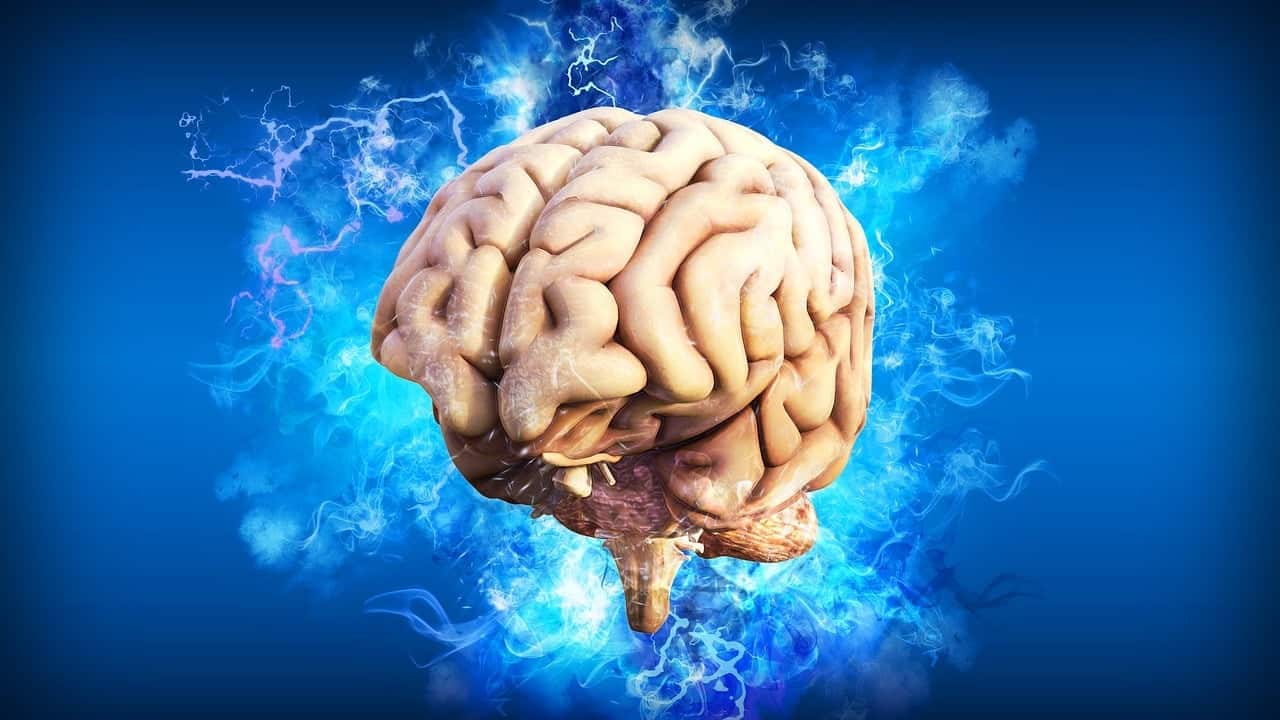When we think of the term “biotic,” we usually associate it with living organisms. But what about bread? Is bread a living entity, or is it simply a product of human creation? In this article, we will delve into the question of whether bread can be considered biotic or not.
The Ingredients of Bread
Before we can determine whether bread is biotic or not, let’s take a closer look at its main ingredients:
- Flour: Made from ground grains, flour is a basic component of bread. It provides the structure and texture that we associate with a loaf of bread.
- Water: The essential liquid needed to form dough by hydrating the proteins and activating the yeast.
- Yeast: A microorganism responsible for the fermentation process in breadmaking, converting sugar into carbon dioxide gas and alcohol.
- Salt: Enhances the flavor of bread and slows down the fermentation process.
These ingredients play a vital role in the breadmaking process, but are they enough to classify bread as a living organism?
The Nature of Living Organisms
Living organisms possess specific characteristics that differentiate them from nonliving things. Let’s examine these characteristics and see if bread fits the bill:
- Cells: Living organisms are composed of cells, while bread doesn’t contain any cells of its own.
- Metabolism: Organisms have metabolic activity, enabling them to obtain energy and utilize it for various functions. In contrast, bread doesn’t possess an independent metabolic system.
- Growth and Reproduction: Living things grow and reproduce, which is not applicable to bread.
- Response to Stimuli: Organisms respond to their environment, but bread remains unchanged when exposed to different stimuli.
Based on these characteristics, it’s evident that bread lacks the fundamental attributes of a living organism, and therefore, cannot be classified as biotic.
The Role of Microorganisms in Breadmaking
Although bread itself is not biotic, the presence of microorganisms in the breadmaking process is undeniably crucial. Yeast, a key component during fermentation, is a living organism. However, once the bread is baked, the high temperatures kill the yeast, rendering it no longer active or alive.
It’s interesting to note that the microbial activity that occurs during fermentation, facilitated by yeast, contributes to the flavor, texture, and rise of the bread. Therefore, while bread cannot be considered biotic, the involvement of living organisms in its creation is undeniable.
The Significance of Bread in Our Lives
Bread holds an essential place in human society, both historically and in present times. It has been a staple food for centuries, sustaining communities worldwide. Its significance lies not in its classification as a living organism, but in its cultural, nutritional, and social value.
| Advantages of Bread | Disadvantages of Bread |
|---|---|
|
|
Ultimately, bread’s impact on our lives extends beyond its classification. It nourishes, satisfies, and connects us through shared experiences and cultural traditions.
In conclusion, while bread cannot be considered biotic based on the characteristics of living organisms, its creation involves the vital role of microorganisms. Regardless of its classification, bread remains a significant part of our diet and culture, providing sustenance and fulfilling our culinary preferences.
